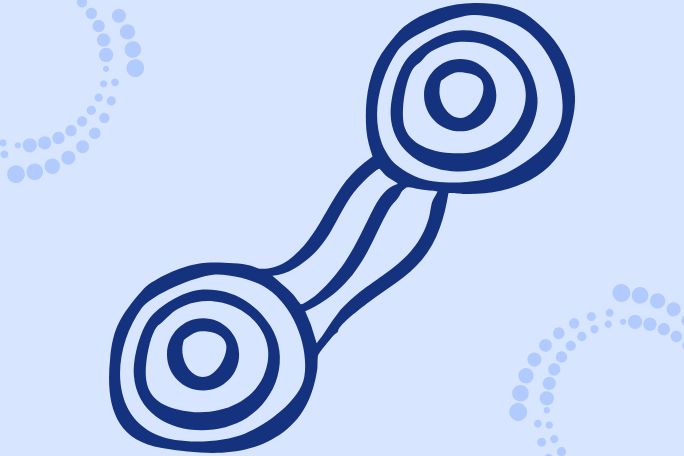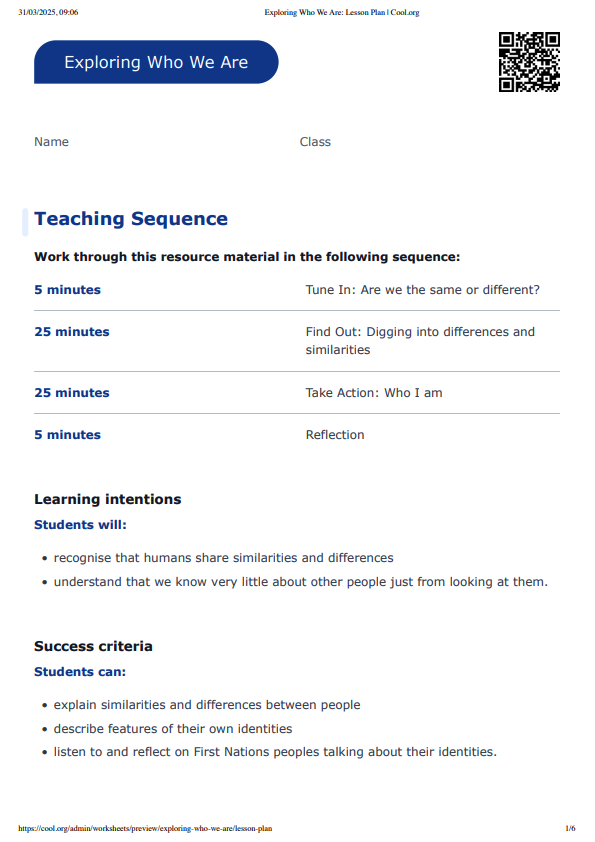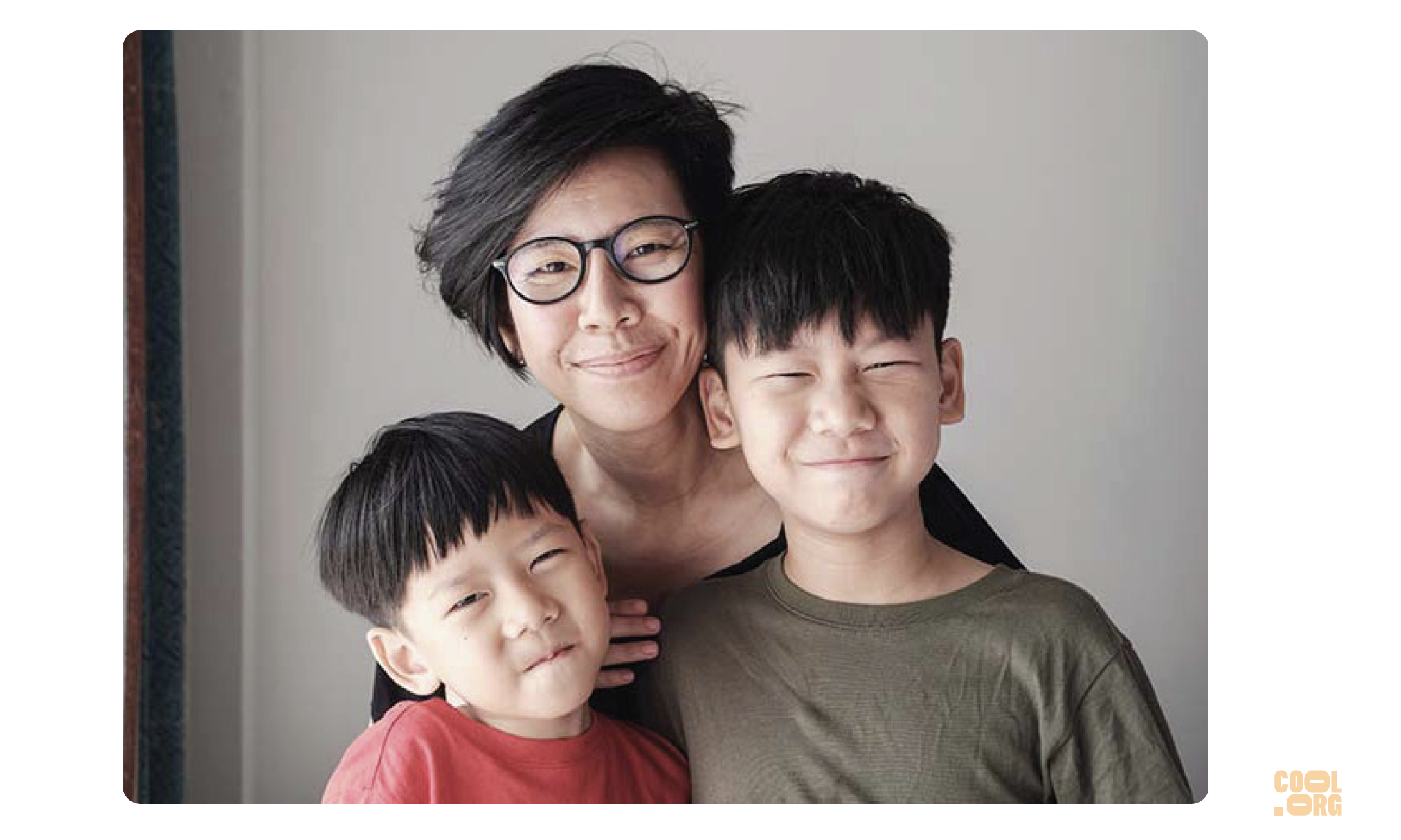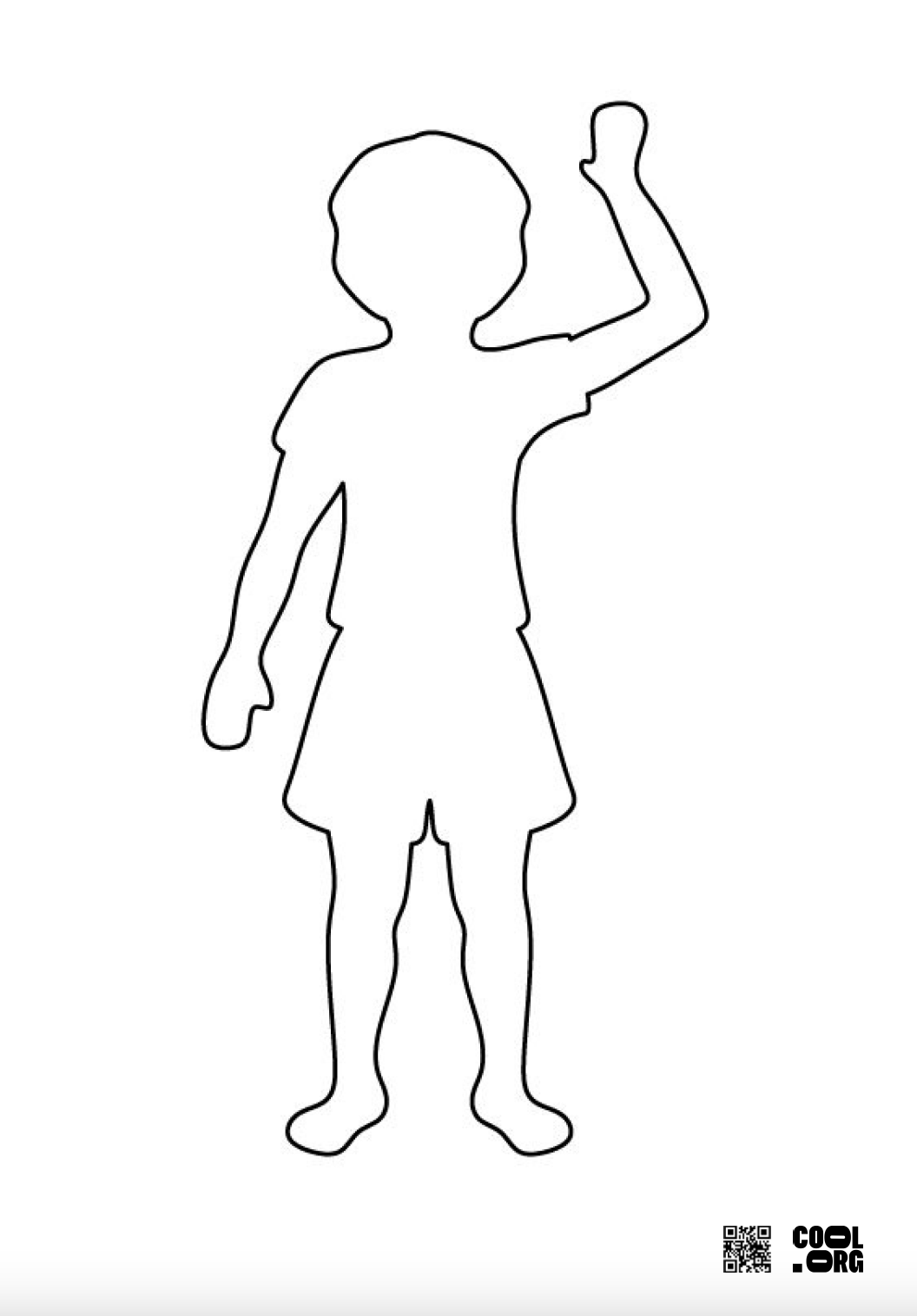Lesson summary
Students will explore the ways we are different and similar. They will listen to young Aboriginal and Torres Strait Islander people talk about who they are and what is important to them. Students will identify features of their own identities.
Learning intentions
Students will:
- recognise that humans share similarities and differences
- understand that we know very little about other people just from looking at them.
Success criteria
Students can:
- explain similarities and differences between people
- describe features of their own identities
- listen to and reflect on First Nations peoples talking about their identities.
Lesson guides and printables
Curriculum links
Select your curriculum from the options below.
Lesson details
Skills
This lesson is designed to build students’ competencies in the following skills:
- creative thinking
- critical thinking
- communication
- empathy
- ethical understanding
- intercultural understanding
Curriculum Mapping
Australian Curriculum (v9.0) content description:
F-2, Health and Physical Education
Students:
- investigate who they are and the people in their world (AC9HPFP01)
- describe their personal qualities and those of others, and explain how they contribute to developing identities (AC9HP2P01).
Relevant parts of Foundation Year achievement standards: Students describe similarities and differences between themselves and others, as well as different emotions people experience.
Relevant parts of Year 1 achievement standards: Students explain how personal qualities contribute to identities.
Relevant parts of Year 2 achievement standards: Students identify how people and places are interconnected both at local and broader scales. They explain how personal qualities contribute to identities.
General capabilities: Intercultural Understanding, Personal and Social Capability
Cross-curriculum priority: Aboriginal and Torres Strait Islander Histories and Cultures
Level of teacher scaffolding: Medium - facilitate class discussions and support students in creating their identity artworks.
UN Sustainable Development Goals
UN SDG 10: Reduce inequality within and among countries
- Target 10.2: By 2030, empower and promote the social, economic and political inclusion of all, irrespective of age, sex, disability, race, ethnicity, origin, religion or economic or other status.
Resources Required
- Art materials
- Device capable of sharing a YouTube video with students
- How Are We Similar And Different - Images
- Identity Template (Optional)
Additional Info
This is an original Cool+ lesson.
Related Professional Learning
Beginning to Include First Nations Peoples' Perspectives in Your Classroom (45 Minutes)
Quick summary: This course aims to inform and upskill educators in incorporating Aboriginal and Torres Strait Islander peoples perspectives. The course emphasises the importance of connecting with personal motivations, overcoming biases, and incorporating diverse perspectives while being inclusive of Aboriginal and Torres Strait Islander peoples languages and cultures. Additionally, it provides guidance on terms of reference, protocols, and strategies for inclusivity, fostering an inclusive and accepting educational environment and curriculum design.




Welcome back!
Don't have an account yet?
Log in with:
Create your free Cool.org account.
Many of our resources are free, with an option to upgrade to Cool+ for premium content.
Already have an account?
Sign up with:
By signing up you accept Cool.org's Terms and Conditions(Opens in new tab) and Privacy Policy(Opens in new tab).